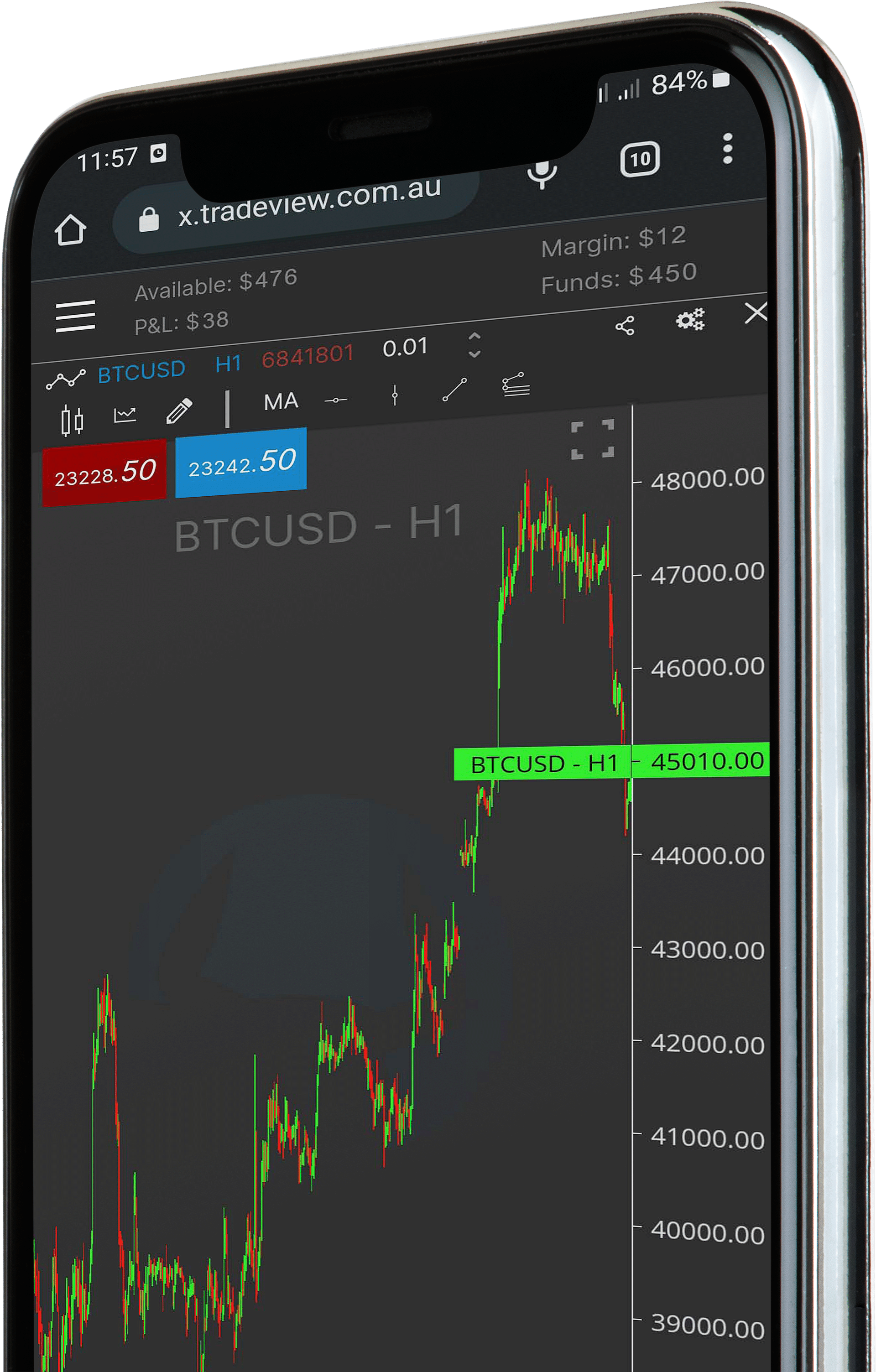Calculating positions size automatically based on your own criteria
Automated position sizing is a trading strategy that involves the use of a position size calculator to determine the ideal amount of capital to invest in a trade. This approach uses an algorithm that considers various factors such as account balance, risk tolerance, and market volatility to determine the optimal position size.
Here are some of the questions you might have about automated position sizing:
- What is automated position sizing and how does it work?
- What are the benefits of using an automated position sizing calculator?
- How can an automated position sizing calculator improve a trader’s performance?
- How do traders use position sizing calculators to manage risk?
- What factors should traders consider when using a position sizing calculator?
- What are some common mistakes to avoid when using an automated position sizing calculator?
- How can traders adjust their position size based on market conditions?
- What are some popular position sizing formulas used by traders?
- What are the advantages of using an automated position sizing strategy versus manual sizing?
- How can traders implement automated position sizing into their trading plan?
What is automated position sizing and how does it work?
Automated position sizing is a trading strategy that uses an algorithm to determine the optimal position size for a particular trade. The position size calculator takes into account various factors such as account balance, risk tolerance, and market volatility to determine the ideal amount of capital to invest in a trade. This approach helps traders maximize returns while minimizing risk.
What are the benefits of using an automated position sizing calculator?
Using an automated position sizing calculator can provide traders with several benefits, such as improved risk management and increased profitability. By calculating the optimal position size for each trade, traders can minimize the risk of losing their entire account balance while still maximizing their returns.
How can an automated position sizing calculator improve a trader’s performance?
Automated position sizing calculators can improve a trader’s performance by helping them manage their risk more effectively. By using an algorithm to calculate the optimal position size for each trade, traders can avoid over-investing in a single trade and reduce the overall risk of their trading portfolio.
How do traders use position sizing calculators to manage risk?
Traders use position sizing calculators to manage risk by determining the optimal position size for each trade based on their account balance, risk tolerance, and market volatility. By using an automated position sizing calculator, traders can avoid taking on too much risk and potentially losing their entire account balance.
What factors should traders consider when using a position sizing calculator?
Traders should consider several factors when using a position sizing calculator, including their account balance, risk tolerance, market volatility, and the potential risk-reward ratio of each trade. These factors can help traders determine the optimal position size for each trade and minimize the risk of their trading portfolio.
What are some common mistakes to avoid when using an automated position sizing calculator?
Some common mistakes to avoid when using an automated position sizing calculator include over-allocating capital to a single trade, ignoring the potential risk-reward ratio, and failing to consider market volatility when calculating position size.
How can traders adjust their position size based on market conditions?
Traders can adjust their position size based on market conditions by regularly monitoring the market and adjusting their position size calculator accordingly. For example, if market volatility increases, traders may want to reduce their position size to minimize their risk.
What are some popular position sizing formulas used by traders?
There are several popular position sizing formulas used by traders, including fixed fractional, fixed ratio, and Kelly criterion. Each of these formulas uses a different approach to determine the optimal position size for each trade.
What are the advantages of using an automated position sizing strategy versus manual sizing?
Using an automated position sizing strategy can provide several advantages over manual sizing, such as increased accuracy, improved risk management, and faster decision-making.
How can traders implement automated position sizing into their trading plan?
Traders can implement automated position sizing into their trading plan by using a position size calculator and incorporating it into their overall trading strategy. It’s important to regularly monitor the market and adjust the position size calculator as needed to ensure optimal performance.
In conclusion, automated position sizing is a powerful tool that can help traders maximize returns while minimizing risk. By using a position size calculator and incorporating it into their overall trading strategy, traders can improve
In this episode, we show you to automatically modify your position size based on your account balance.
These models are built and tested using Trade View X.
To see all the Trading Talk episodes in full check out www.tradeview.com.au/trading-talk/
Ready to start trading? Sign up with our Partner Broker www.tradeview.tech



